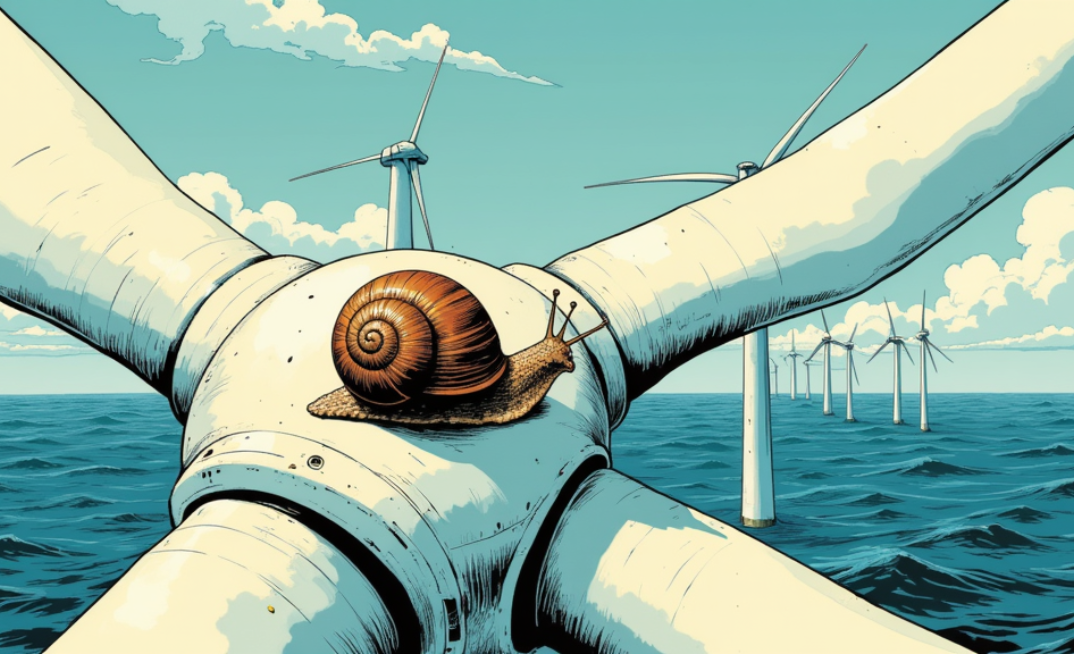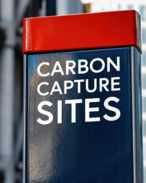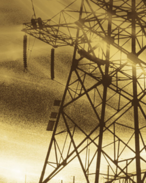The glacial progress of Australia's offshore wind industry has been exposed, with new disclosures revealing how few project proponents granted feasibility licences have taken the next step of submitting a management plan to the sector's regulator.
Despite six offshore wind zones having been formally declared open for development by federal energy minister Chris Bowen, only three have progressed to the licensing stage, underscoring the regulatory and investment hurdles facing the nascent industry.
YOU MIGHT ALSO LIKE
In total, twelve licenses were issued for the Gippsland offshore zone (Vic) and one each for the Hunter (NSW) and Southern Ocean zones (Vic). Of these 14 opportunities, only five management plans have been lodged with the Offshore Infrastructure Regulator, three of which have been approved, and two are still under assessment.
While the window for applying for feasibility licenses for the Illawarra (NSW), Bass Strait (Tas), and Indian Oceans zones (WA) has closed, no announcements have yet been made about the licenses to be granted.
Last week, it emerged six potential developers of the WA zone had withdrawn from the race, leaving just four proponents in the contest.
BlueFloat Energy, the only firm expressing any desire to develop the Illawarra zone, has formally asked the government to "consider not offering any licences in the Illawarra zone until after the upcoming federal election."
Even in the relatively advanced Gippsland zone, there is still a significant wait before any real progress.
The feasibility license gives proponents up to seven years to investigate the area and develop their plans. And that's all before anything has moved beyond the drawing board.
Bluefloat's example illustrates the concerns facing industry players. With the federal election just weeks away, they will be waiting for the result, aware that Peter Dutton has pledged to cancel at least three wind zones if elected.

Furthermore, as highlighted by Jai Thomas, the deputy director general of Energy Policy WA, who recently spoke in Perth, the "economics are still challenging." He added that without "mega loads dragging them into commercial reality," he is doubtful wind will play a major part in WA's power system in the 2030s.
A government spokesperson said no announcements on feasibility licenses would be made until after the election.























